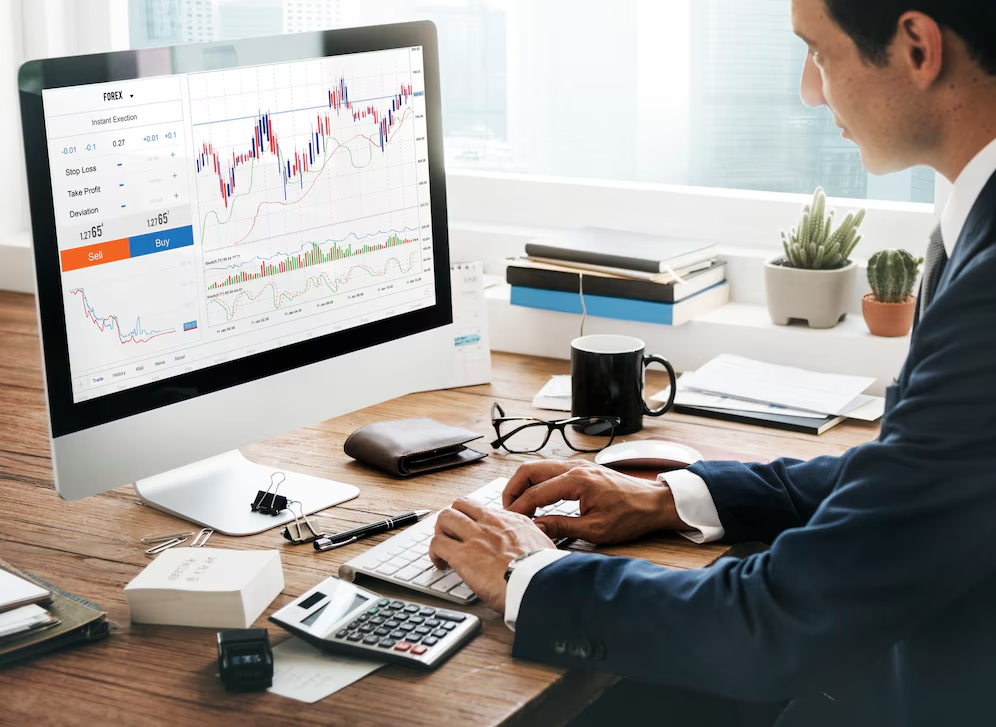
Index Funds vs. Active Funds: Which One Performs Better?
Investors looking to build long-term wealth often face a critical decision: Should they invest in index funds or active funds? Both strategies have pros and cons, and understanding their differences can help investors make informed choices regarding mutual fund investing.
Index funds follow a passive investment strategy, tracking market indices like the S&P 500. In contrast, active funds are managed by professionals who attempt to outperform the market through strategic stock selection and timing. The question remains: which approach delivers the best long-term investments?
This guide explores the advantages and disadvantages of index funds and active funds, performance comparisons, and how to decide which strategy suits your investment goals.

What Are Index Funds?
1. Understanding Index Funds
An index fund is a type of mutual fund or exchange-traded fund (ETF) designed to replicate the performance of a specific market index.
Key Features of Index Funds:
- Passive Management: No active stock selection; follows a predetermined index.
- Low Costs: Lower expense ratios due to minimal fund management.
- Broad Market Exposure: Diversifies across an entire market sector.
- Consistent Performance: Matches, rather than attempts to beat, market returns.
2. Benefits of Index Funds
Index funds have gained popularity due to their cost-effectiveness and steady returns.
Why Investors Choose Index Funds:
- Lower Fees: Expense ratios are typically below 0.2%, making them cheaper than actively managed funds.
- Reduced Risk: Spreads investments across a wide range of stocks or bonds, reducing volatility.
- Historical Performance: Studies show index funds often outperform actively managed funds over the long term.
- Simplicity: Ideal for passive investors looking for minimal involvement in fund management.
3. Disadvantages of Index Funds
While index funds offer stability, they have limitations.
Potential Downsides:
- No Market Outperformance: Cannot beat the market, only track it.
- Vulnerable to Market Crashes: The fund loses value if the entire index falls.
- Lack of Flexibility: Cannot adjust holdings based on market conditions.
Index funds are an excellent choice for mutual fund investing with a passive, long-term approach.
What Are Active Funds?
1. Understanding Active Funds
Active funds are managed by professional fund managers who actively select stocks and bonds to outperform the market.
Key Features of Active Funds:
- Managed by Experts: Portfolio managers make strategic decisions on asset selection.
- Higher Costs: Expense ratios range from 0.5% to 2%, covering management fees.
- Potential for Outperformance: Aims to exceed benchmark returns.
- Tactical Investing: Adjusts holdings based on market conditions.
2. Benefits of Active Funds
Active funds provide flexibility and the opportunity for higher returns.
Why Investors Choose Active Funds:
- Potential for Higher Returns: Skilled managers may outperform the market, especially in volatile conditions.
- Risk Management: Active managers can shift assets during downturns to reduce losses.
- Specialised Strategies: Funds can target specific sectors, themes, or investment styles.
- Tax Efficiency in Certain Cases: Tax-managed funds help reduce taxable distributions.
3. Disadvantages of Active Funds
Despite their benefits, active funds carry risks and higher costs.
Potential Downsides:
- Higher Fees: Management fees and trading costs eat into returns.
- Inconsistent Performance: Few funds consistently beat their benchmarks over time.
- Greater Risk Exposure: Concentrated bets on specific stocks or sectors can increase volatility.
- Dependence on Manager Skill: Success depends on the fund manager’s ability to make the right investment decisions.
Active funds can be part of a diversified mutual fund investing strategy for investors comfortable with more risk and higher costs.

Index Funds vs. Active Funds: Performance Comparison
1. Historical Performance Trends
Studies consistently show that index funds outperform most active funds over the long term. According to the S&P Dow Jones Indices SPIVA Report:
- Over 80% of actively managed funds underperform their benchmark index over a 10-year period.
- Index funds tend to deliver better net returns due to lower fees and fewer trading costs.
2. Cost Considerations
- Index Funds: Low-cost, passive investing with minimal expense ratios.
- Active Funds: Higher costs due to management fees, commissions, and trading expenses.
A lower expense ratio means more of an investor’s money remains in the fund, compounding over time.
3. Risk Factors
- Index Funds: Lower risk due to broad diversification but fully exposed to market declines.
- Active Funds: Can reduce downside risk through active management, but also risk more significant losses if the strategy fails.
4. Market Conditions and Suitability
- Bull Markets: Index funds perform well when markets are rising.
- Bear Markets: Skilled active fund managers may navigate downturns more effectively.
While active funds offer flexibility, long-term data suggests index funds provide the best long-term investments for average investors.
How to Choose Between Index Funds and Active Funds
Investors should consider their financial goals, risk tolerance, and investment time horizon when deciding between index and active funds.
1. When to Choose Index Funds
- If you prefer low fees and consistent returns.
- If you seek broad diversification and lower risk.
- If you follow a passive, long-term investment approach.
- If you want a hands-off investment strategy.
2. When to Choose Active Funds
- If you are willing to pay higher fees for the potential of market outperformance.
- If you want the flexibility to adjust investments based on market conditions.
- If you have a higher risk tolerance and investment knowledge.
- If you are investing in specific themes, sectors, or emerging markets.
3. Blended Approach: Combining Index and Active Funds
Many investors opt for combining both strategies to balance risk and reward.
Sample Portfolio Allocation:
- 70% Index Funds: Core holdings for stable, long-term growth.
- 30% Active Funds: Tactical investments in high-growth or specialised sectors.
This approach provides cost efficiency while allowing for active management in selected areas.

Conclusion: Which Fund Performs Better?
For most investors, index funds offer a reliable, low-cost, and effective investment strategy, especially for long-term investing. The lower fees, broad diversification, and strong historical performance make them a preferred choice for building wealth over time.
However, active funds can be valuable for those willing to take on higher risks and believe in a fund manager’s ability to outperform the market. They may also be helpful in specific market conditions where active management can reduce downside risk.
Key Takeaways:
- Index funds are cost-effective, diversified, and provide market-matching returns.
- Active funds offer flexibility and the potential for outperformance but come with higher fees and risks.
- Long-term studies show index funds outperform most active funds due to lower costs.
- A blended approach combining both can offer stability and growth potential.
Ultimately, the right choice depends on individual investment goals, risk tolerance, and financial strategy. Whether you choose index funds vs. active funds, ensuring a diversified, well-balanced portfolio is key to successful mutual fund investing.


